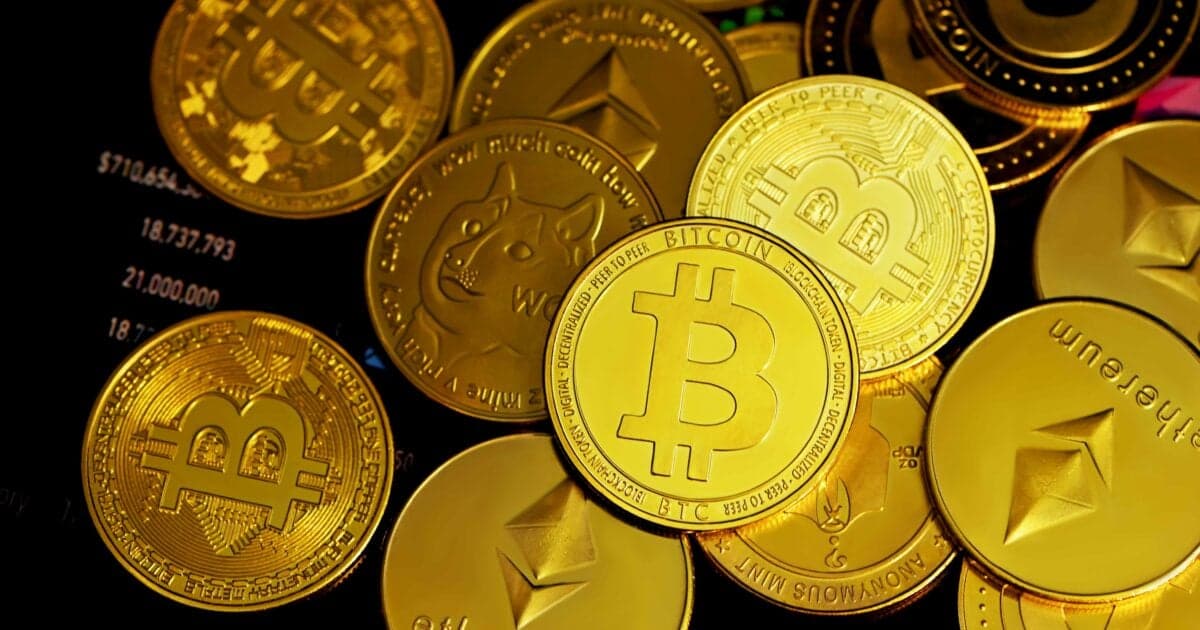What Is the U.S. Dollar? Everything an Investor Needs to Know in 2025 in Five Simple Charts


For an investor, the dollar is everything.
It's our baseline for measuring value... That makes it the denominator in every equation, from the gain in your stock portfolio to the cost of your mortgage.
And that's not just true for American investors. The U.S. dollar is the foundation of the global economy. Oil is priced in dollars. Most international trade is invoiced in dollars, even trade between two nondollar countries.
Since the dollar is so ingrained in all our transactions, we often think that when the price of something like bread goes up, it's because the bread itself became more valuable. But often, it's the other way around. The price of bread went up because the value of the dollar went down.
When the denominator shifts – when the dollar strengthens or weakens – it changes the perceived value of everything we own, buy, or sell... even if nothing else actually changed.
The Dollar Is the 'Hidden Force' Behind Every Stock Chart
Price charts show the value of two things: the asset you're looking at and the price of the dollar.
The most intuitive example of this is a chart of gold. That's because gold is viewed as a more stable store of value than any paper currency. When you see a chart of gold going up, you're also seeing a chart of the dollar going down.

The same is true with every stock price chart...
Philip Morris International is a global company. It also trades on several exchanges in different currencies.
So far this year, its "PM" U.S. listing on the New York Stock Exchange (priced in dollars) has outperformed its "4I1" German listing on the Frankfurt Stock Exchange (priced in euros)...

But U.S. investors didn't really make more money than German investors did.
Philip Morris as a business has the same true value to investors in the U.S. and Europe. It is, after all, the same company in both places. The only reason the PM listing looks like it appreciated more than the 4I1 listing is because the value of the dollar decreased faster than the value of the euro did.
Yes, a dollar-based investor gets back more dollars than the euro-based investor does... But they are getting back dollars that are worth less.
For much of the past two decades, U.S. investors have not had to consider the value of the dollar in their investments. But they do now.
Long-Term Dollar Strength Is Turning Into Weakness
Since the great financial crisis, the dollar – as measured by the U.S. Dollar Index ("DXY") – has mostly chugged a little higher over time.

Since the start of 2025, however, the volatility of the dollar has spiked. What's particularly interesting is that in all the previous instances of high dollar volatility, the value of the dollar has risen. Prior volatility was upside volatility. Now, that has reversed – and sharply.
This is the first instance in at least two decades when the volatility of the dollar has paired with a flight from the dollar.

President Donald Trump's tariffs were the flashpoint...
It's clear that the way the global order works is changing. Believers think it will lead to growth over the long term. Markets are much less certain...
But while it will take years to have a real answer based on production and trade – global capital can move immediately.
And it already has...
Investors have been dumping U.S. assets in favor of foreign assets for most of 2025.
As the ratio of U.S. stocks to foreign stocks rises, it means U.S. stocks are outperforming the rest of the world. When it falls, it means foreign stocks are outperforming. For nearly two decades, U.S. stocks put in an amazing run. That has radically reversed since the start of the year...

Money Is Leaving America
Normally in a market crash, investors will move out of stocks and into super-safe Treasury bonds, driving their prices up and interest rates down. And if they're too scared to invest in bonds, they move into the dollar.
But that's not what we're seeing. Today, capital is flying out America's door.
Investors are moving out of U.S. stocks. They're moving out of U.S. bonds. And they're moving out of the U.S. dollar.
Even more important, these aren't the flighty moves of small-time investors. When, say, a high-quality stock drops after a poor earnings report, that reflects short-term traders giving up on momentum or making small adjustments to their portfolio.
The current moves are from big institutions with careful investment committees...
They're not simply fine-tuning an allocation from one stock to another by sending their money across borders and into different currencies. These are big and persistent decisions.
Put simply, investors don't like the U.S. anymore.
P.S. Dr. David Eifrig — MarketWise CEO, former Wall Street derivatives trader turned investment mentor — believes we’re at a dollar inflection point. As capital flees the U.S. and volatility spikes, he sees historic opportunity in how value is measured globally.
That’s exactly why Stansberry Research, under Dr. Eifrig’s insight, created a fresh presentation revealing how dollar weakness, fiscal stress, and global capital flows may reshape markets — and how everyday investors can act ahead of the curve. Get all the details right here.
Get exclusive early access now.Watch the full briefing here.



